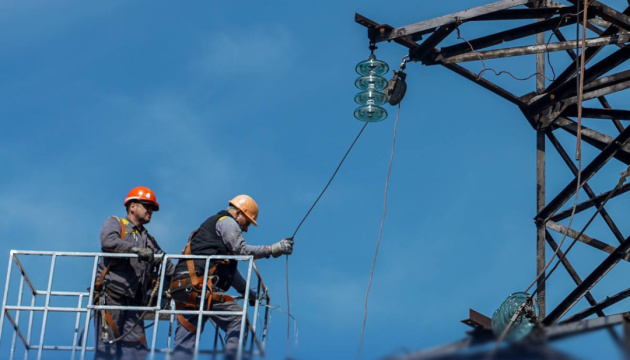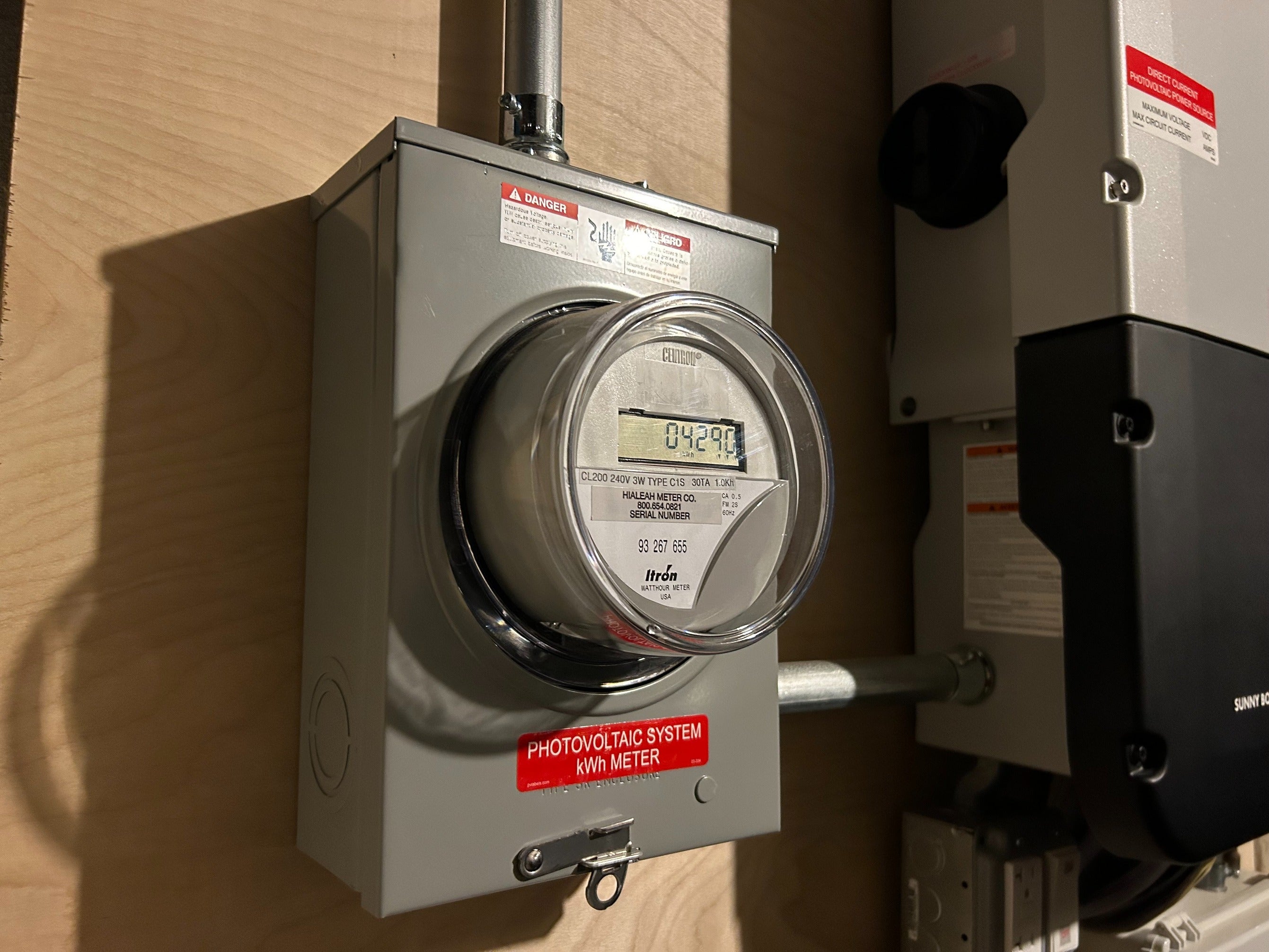Report on Ukraine’s Strategic Initiatives to Enhance Energy Infrastructure Resilience in Alignment with Sustainable Development Goals
Introduction: Aligning National Security with Global Sustainability Targets
The Cabinet of Ministers of Ukraine has initiated a series of strategic measures to accelerate the construction of protective structures and expedite the restoration of critical energy facilities. These actions represent a concerted effort to safeguard national infrastructure while directly contributing to the achievement of several key United Nations Sustainable Development Goals (SDGs), particularly those focused on resilient infrastructure, sustainable energy, and effective institutions.
Establishment of a Coordination Center for Engineering Protection
A new Coordination Center for Engineering Protection has been established to streamline efforts in safeguarding critical infrastructure. This initiative is a practical implementation of key SDG principles:
- SDG 16 (Peace, Justice, and Strong Institutions): The Center creates an effective, accountable, and transparent institution by unifying representatives from government, regional authorities, and infrastructure operators to manage restoration and protection efforts.
- SDG 17 (Partnerships for the Goals): It fosters a multi-stakeholder partnership to enhance coordination, determine funding priorities, and oversee the implementation of projects crucial for national resilience.
- SDG 9 (Industry, Innovation, and Infrastructure): The Center’s primary function is to build resilient infrastructure capable of withstanding external pressures, a core target of this goal.
The Center’s operations will be supervised by Deputy Prime Minister Oleksii Kuleba and the Recovery Agency, ensuring high-level oversight and accountability.
Policy and Financial Measures for Accelerated Action
The government has approved several decisions to enhance the efficiency of protection and restoration activities. These measures are designed to support the uninterrupted operation of the energy sector, a critical component of sustainable development.
- Prioritization of Expenditures: The list of priority state expenditures has been updated. This allows the State Treasury to expedite the release of budget funds for the construction, repair, and protection of energy facilities, directly supporting SDG 7 (Affordable and Clean Energy) by ensuring the reliability and security of the energy supply.
- Streamlining of Procedures: Procedural stages for building protective structures, from project approval to contract finalization, have been significantly shortened. This institutional innovation promotes efficiency and rapid development, aligning with the objectives of SDG 9.
Allocation of Resources for Critical Infrastructure
Additional funds have been allocated from the state reserve fund to bolster critical infrastructure, with a focus on vulnerable frontline regions and the national railway system, Ukrzaliznytsia. The allocation is targeted at achieving specific sustainability outcomes:
- Enhancing System Resilience: Funds will be used for a range of solutions, from generators and battery stations to the construction of robust engineering defenses. This investment directly contributes to SDG 9 by building resilient infrastructure and to SDG 11 (Sustainable Cities and Communities) by ensuring that essential services like energy and transport remain operational, making communities safer and more resilient.
- Ensuring Uninterrupted Energy Access: As stated by Prime Minister Yuliia Svyrydenko, these measures will “ensure the uninterrupted operation of the energy sector.” This commitment is fundamental to achieving SDG 7, which aims to ensure universal access to affordable, reliable, and modern energy services.
Analysis of Sustainable Development Goals in the Article
1. Which SDGs are addressed or connected to the issues highlighted in the article?
The article highlights Ukraine’s efforts to protect and restore its critical infrastructure, particularly in the energy sector, amidst ongoing attacks. These actions directly connect to several Sustainable Development Goals (SDGs) focused on energy, infrastructure, resilient communities, and institutional strength.
-
SDG 7: Affordable and Clean Energy
The primary focus of the article is on protecting, restoring, and ensuring the “uninterrupted operation of the energy sector.” This includes repairing damaged power lines at the Zaporizhzhia Nuclear Power Plant and building protective structures at energy facilities, which is central to ensuring access to reliable energy. -
SDG 9: Industry, Innovation and Infrastructure
The article explicitly discusses the “construction of protective structures,” the restoration of “critical infrastructure in frontline regions,” and strengthening “energy, transport, and vital systems.” This directly relates to the goal of building resilient infrastructure. -
SDG 11: Sustainable Cities and Communities
By protecting critical energy and transport infrastructure, the government aims to ensure that cities and communities, especially in “frontline regions,” can continue to function. The efforts are a form of disaster risk reduction, making human settlements more resilient to the impacts of conflict. -
SDG 16: Peace, Justice and Strong Institutions
The establishment of a “Coordination Center for Engineering Protection” and the government’s decision to shorten “procedural stages in building protective structures” demonstrate an effort to create more effective and responsive institutions to manage the crisis and reconstruction efforts.
2. What specific targets under those SDGs can be identified based on the article’s content?
Based on the actions described in the article, several specific SDG targets can be identified:
-
Target 7.1: By 2030, ensure universal access to affordable, reliable and modern energy services.
The article’s emphasis on repairing damaged power lines and taking measures to “ensure the uninterrupted operation of the energy sector” directly supports the goal of providing reliable energy services to the population. -
Target 9.1: Develop quality, reliable, sustainable and resilient infrastructure, including regional and transborder infrastructure, to support economic development and human well-being.
The government’s initiative to accelerate the “construction of engineering defenses” and “protective structures” for energy and transport facilities is a clear effort to build resilient infrastructure capable of withstanding attacks. -
Target 11.5: By 2030, significantly reduce the number of deaths and the number of people affected and substantially decrease the direct economic losses relative to global gross domestic product caused by disasters… with a focus on protecting the poor and people in vulnerable situations.
Although the cause is conflict rather than a natural disaster, the objective is the same: to mitigate the impact on the population. The allocation of funds to “protect and restore critical infrastructure in frontline regions” is a direct action to reduce the effects of the crisis on vulnerable communities. -
Target 16.6: Develop effective, accountable and transparent institutions at all levels.
The creation of the “Coordination Center for Engineering Protection” to bring together government, authorities, and operators, and the decision to update procedures to “release budget funds more quickly,” are direct measures to make governmental institutions more effective and efficient in their response.
3. Are there any indicators mentioned or implied in the article that can be used to measure progress towards the identified targets?
The article does not mention official SDG indicators, but it implies several metrics that could be used to measure the progress and effectiveness of the described initiatives:
- Indicator for Target 7.1: The article mentions the goal of “uninterrupted operation of the energy sector” and the repair of “damaged external power lines.” Progress could be measured by tracking the reduction in the frequency and duration of power outages and the percentage of the population with restored access to electricity.
- Indicator for Target 9.1: The text focuses on the “construction of protective structures” and the restoration of “damaged facilities.” A direct indicator would be the number of critical infrastructure facilities equipped with new protective structures or the percentage of damaged transport and energy infrastructure that has been restored to full operational capacity.
- Indicator for Target 11.5: The goal is to “promptly restore damaged facilities.” An implied indicator is the average time required to restore critical services (e.g., electricity, transport) after an attack. A reduction in this time would signify increased resilience.
- Indicator for Target 16.6: The government “shortened procedural stages in building protective structures, from approval to contract signing.” A clear indicator of progress would be the measured reduction in the average time taken for the approval and contracting process for critical infrastructure projects.
4. Summary Table of SDGs, Targets, and Indicators
| SDGs | Targets | Indicators (Identified or Implied in the Article) |
|---|---|---|
| SDG 7: Affordable and Clean Energy | 7.1: Ensure universal access to affordable, reliable and modern energy services. | Reduction in the frequency and duration of power outages; Percentage of population with access to electricity. |
| SDG 9: Industry, Innovation and Infrastructure | 9.1: Develop quality, reliable, sustainable and resilient infrastructure. | Number of protective structures built at energy and transport facilities; Percentage of damaged critical infrastructure restored. |
| SDG 11: Sustainable Cities and Communities | 11.5: Significantly reduce economic losses and people affected by disasters. | Reduction in the average time required to restore critical services after an attack. |
| SDG 16: Peace, Justice and Strong Institutions | 16.6: Develop effective, accountable and transparent institutions at all levels. | Reduction in time from project approval to contract signing for the construction of protective structures. |
Source: ukrinform.net





